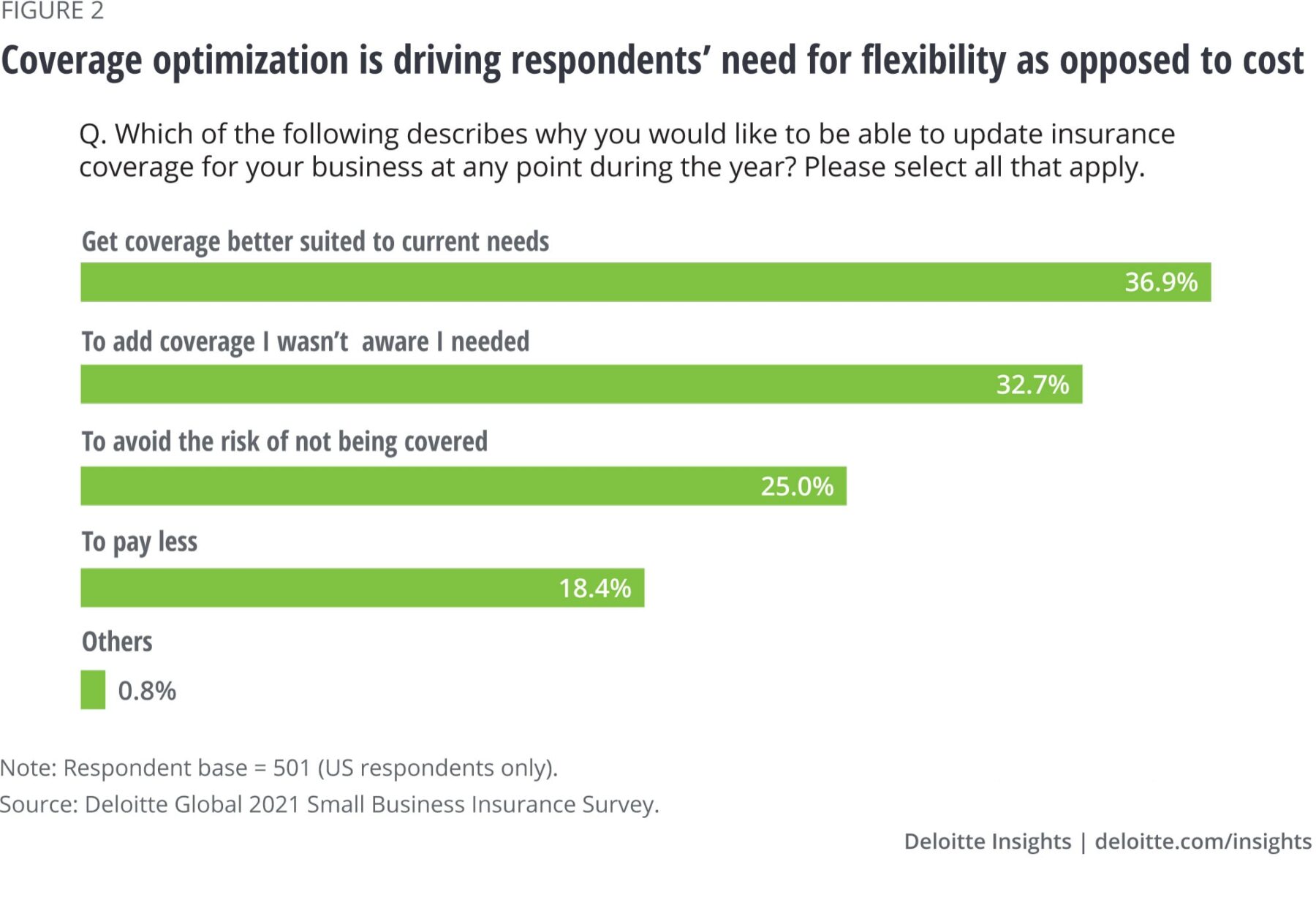Faster, easier online payments help insurance companies save hours of back and forth. But alongside the rapid pace of digital payment adoption, insurance companies of all sizes have been impacted by rising interest rates, talent shortages and high premiums over the last 2-3 years. This “hard market” has companies looking at their core processes to see where else they can find efficiencies and cost savings.
Beyond the immediate benefits of offering digital payment options, insurance organizations are looking for more. They’re seeking solutions that extend beyond payment flexibility for their clients—a need to optimize manual check processing, refine payables networks, and streamline premium financing.
Ultimately, we’re looking to build tools that give time back to our customers. And if we can, then our customers can devote more time to growth and retention-focused activities, improving the bottom line.
“We’re building an industry-wide network that allows money and the associated data to flow freely through the industry while saving time and providing security for our customers,” said CTO Nish Modi.
2023 was a big year for ePayPolicy. As our CEO, Mark Engels, likes to say, “ePay is not what it used to be”. We are proud to have evolved and transformed, introducing a suite of products and technology integrations aimed at serving insurance companies in the best, most efficient way possible.
New Products: CheckMate, Payables Connect, and Finance Connect
At the forefront of this evolution are three pivotal offerings—CheckMate, Payables Connect, and Finance Connect—each addressing distinct pain points within the insurance industry.
CheckMate: Revolutionizing Check Payments
Checks persist as a common method of payment within the insurance realm, prompting ePayPolicy to develop CheckMate. This solution streamlines the processing of paper checks, offering rapid, secure check routing, and automated reconciliation with accounting systems.
In the same way our digital payment pages are integrated with the most popular management and accounting systems (as well as custom API integrations), CheckMate uses those same integrations to reduce manual, double-work. CheckMate batches and processes checks every day, and uses the same ePay dashboard as our digital payments. Just one hub, for all your payments. Now, we not only have online ACH and credit card payments, but we’ve been able to digitize checks so that our clients never have to touch paper checks again.
One of our first CheckMate clients, a top 10 Broker in the US, said, “The rollout was agile enough for us to adopt it very quickly and for our teams to understand it.” The agency was able to redistribute over 50% of staffing resources dedicated to check processing.
Payables Connect: Payables Have Met Their Match
Another stellar addition to ePayPolicy’s arsenal is Payables Connect, an innovation that addresses the industry-wide challenge of managing paper-based documentation like carrier statements, checks, and invoices. By harnessing machine learning technology and existing integrations, Payables Connect offers a transformative solution that automates the reconciliation, creation, and payment of due payables.
The tool’s machine-learning assisted document scanning and matching capabilities significantly reduce the manual labor typically associated with reconciling market statements and invoices. Its continuous learning and improvement mechanism hold the promise of a future where such tedious tasks become a relic of the past.
Finance Connect: Premium Financing, Made Simpler
Completing the trio of ePayPolicy’s latest offerings is Finance Connect, a solution aimed at enhancing flexibility for payers. By integrating with companies’ premium finance partners, ePayPolicy enables payers to enroll in financing agreements effortlessly right at checkout.
This addition not only alleviates the cost of insurance payments, but also, eliminates manual aspects of financing agreements, and accelerates policy binding. Its ability to generate consolidated premium finance agreements (PFAs) and integrate with existing premium finance partners ensures a seamless experience for all parties involved.
“As premiums increase, access to financing becomes more important,” said Modi. “Finance Connect is going to help insureds pay faster and bind policies sooner, helping both insurance companies and their PFC partners.”
Integration Revolution: The ePayPolicy Advantage
Beyond these new product offerings, ePayPolicy stands out with over 30 integrations, uniquely positioning itself as the insurance industry’s go-to payment processor. By seamlessly integrating with popular tools and management systems, ePay ensures your accounting team is just as delighted as your customers.
This year, we added a number of integrations to our tech stack, including: Datacrest, Trailblazer, MCI, Surefyre, Cogitate, and WeSignature. Integrations automate work, improve security and reduce manual, redundant tasks for both payers and accounting teams.
Our management system integrations let payers review and select which invoices they would like to pay directly from the online portal. They also enable invoice notifications and automatic payments. Integrating with tools like WeSignature also make the payment process more seamless and quick, by allowing documents to be signed and paid all at once.
Propelling Industry-Wide Transformation
These products aren’t just about ePayPolicy’s growth; they’re catalysts for broader industry transformation. They are tools that accelerate growth, automate tedious tasks, and, most importantly, pave the way for a more efficient, automated, and customer-centric insurance landscape.



